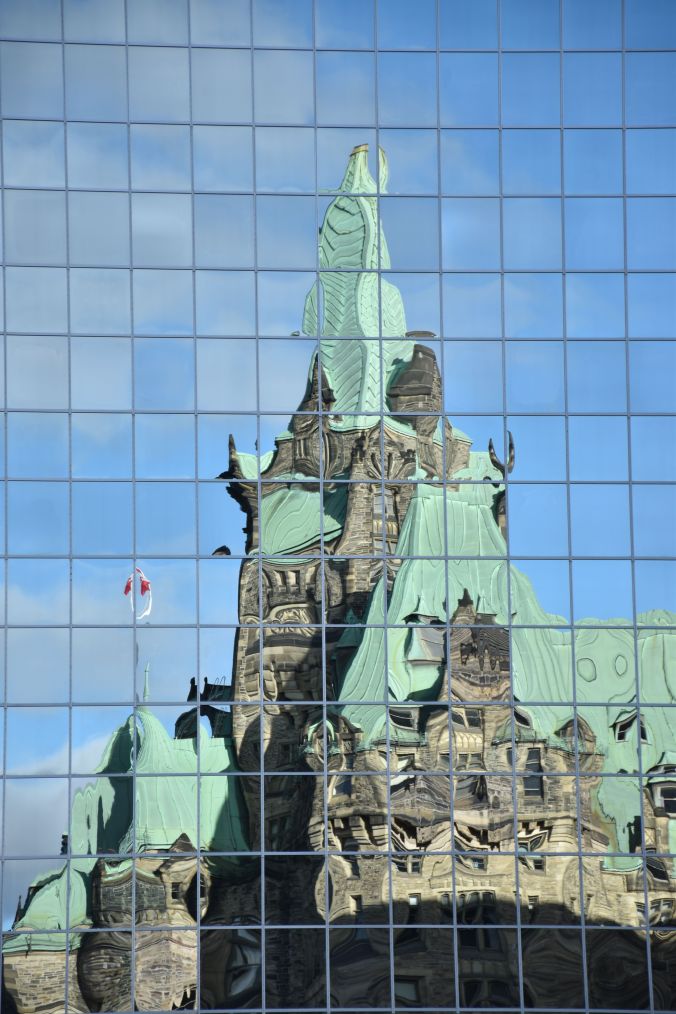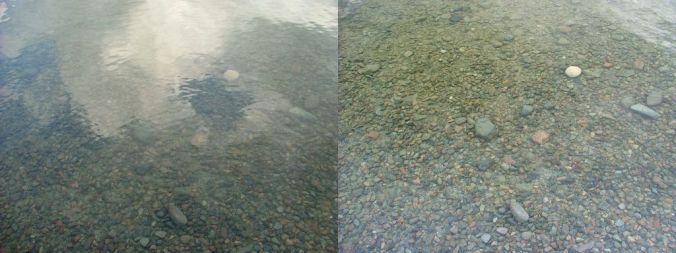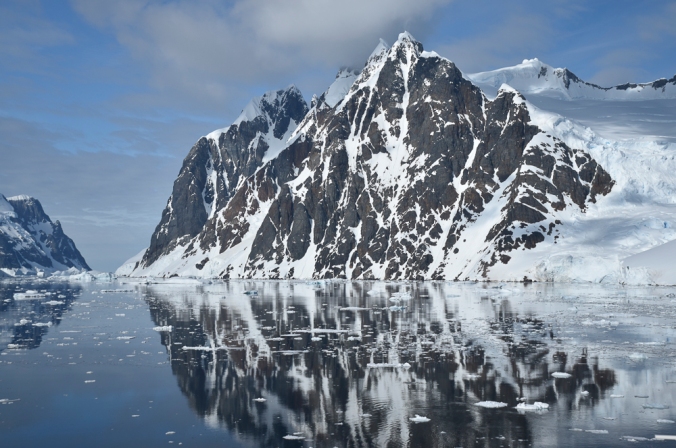Everyone and everything that shows up in our life is a reflection of something that is happening inside of us. Alan Cohen
What do you think of when you read the word “reflection”?
- An image in a mirror?
- The bouncing back of light, heat or sound?
- Thinking over a past action or behaviour?
Modern mirrors have been around since the early 1830’s when a German chemist applied a thin layer of metallic silver to a clear pane of glass. Going back even farther however, history reveals reflective objects fashioned by humans thousands of years ago – volcanic glass from 8,000 years ago, polished copper and stone from 3,000 BC – the list goes on!
And of course, water is the ultimate reflector which has been around since day one.
Mirrors raise suspicions in some cultures and religions, and feature prominently in rites and rituals for others. It’s instant bad luck for seven years if you break a mirror (so the story goes anyway). Many a pre-teen girl has looked into a mirror to see her reflection as she flies up from Brownie to Girl Guide. Many a teenage girl has stood with friends in the dark before a mirror chanting “Bloody Mary” three times to see if she will appear before them.
And of course, heaven help you if you position two mirrors across from each other in your home. Supernatural mayhem and maelstrom are sure to ensue.
One area where mirrors and reflections have been instrumental is, of course, photography. A DSLR – the term I’ve used frequently throughout many of these posts – means digital single-lens reflex – and is premised on a mirror reflecting back exactly what is being captured.
Single-lens reflex cameras – minus the digital aspect – were first available to the public in the 1930s. Nikon and Canon – stalwarts of the modern camera industry, introduced their first SLR in 1959.
Moving away from the mechanics of the camera itself, there is a niche of photography focused on mirror images and reflection. Reflection photography, also known as mirror photography, is “when you use reflective surfaces to create an artistic echo of a scene.” Sheena Koontz

For every article you can find on how to take better reflections, you can find ones to show you how to minimize your reflections. A key part of minimizing reflections is the use of a polarizing filter. It reduces glare and warms the colour, but also cuts through reflective surfaces in some cases.

Source: By Amithshs
I used such a filter during my trip to Antarctica and found it extremely useful on a sunny day while on the water surrounded by snow. So many glaring opportunities [pun intended]!

Water is perhaps the most common reflective medium, but any surface can be used – mirrors, glass, metal, etc. Personally, I have been astounded to see the number of ways you can create a reflection, most times without even knowing it.
Which brings me to reflection as the deep thinking part of that word definition. A great line I heard when I first started along this photography journey, and instantly understood, was that you don’t really see what’s around you until you look through your camera. Be that a reflection you didn’t know was there, or a small detail that becomes monumental when framed properly.
Maybe the phenomenon is purely scientific (explainable) in the sense that until you narrow your scope of field, the scene is too immense to see the details. But maybe it’s not scientific at all and more that we take for granted the little things – scenes of beauty – playing out right in front of us.
This blogging assignment has allowed me to reflect on my photography journey so far and I wanted to thank you for joining me. May your path forward be full of the perfect light and wonderous scenes waiting for you to capture them.
With the camera you carry with you of course ….
“Did you ever wonder if the person in the puddle is real, and you’re just a reflection of him?”
― Bill Watterson (Calvin and Hobbes creator)
Wonderful, I am so happy you are gaining insight and joy through your new-found endeavour! The artist’s eye sees so much, and increases one’s appreciation, of the everyday wonders around us.
LikeLike